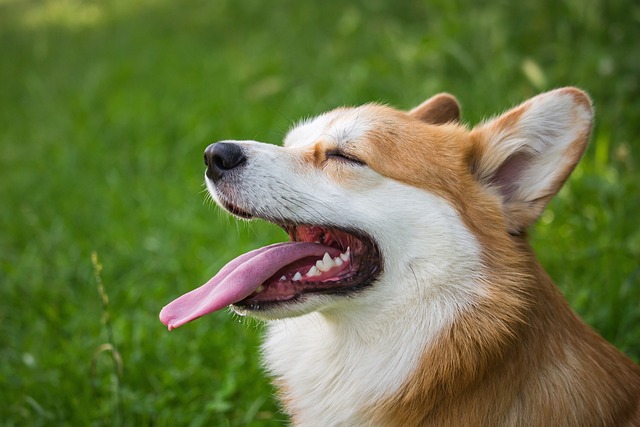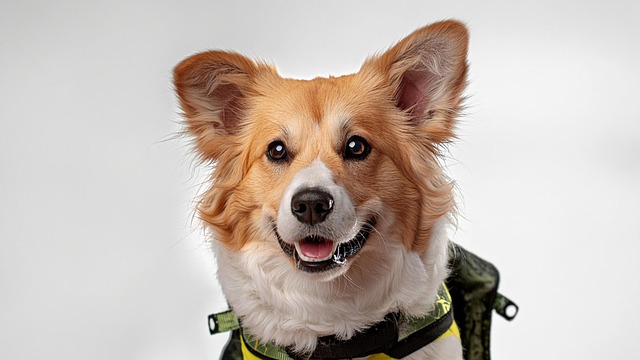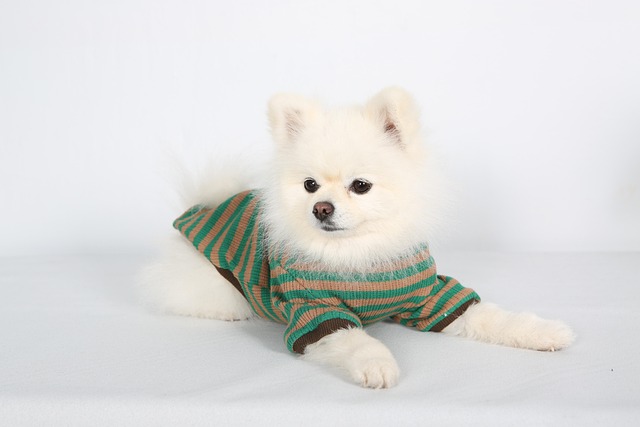
What vitamin is good for dogs' skin
Seeing your dog constantly scratch or noticing dry, flaky skin can make you wonder if a simple vitamin might be the solution.
Imagine this: You’re a new puppy parent in New York City, watching your 5-month-old golden retriever, Bella, gnaw on her favorite plush toy—when you notice a tiny, sharp tooth lying on the carpet. Your heart jumps: Is she losing teeth? Is this normal? If you’ve ever panicked over a puppy’s missing tooth or worried about bloody chew toys, you’re not alone. Many first-time owners in places like Austin or Seattle wonder: Do puppies really lose teeth around 5 months, and how do I help them through it? Let’s break down the science, signs, and steps to support your teething pup.
Puppies, like human babies, go through a tooth replacement process called “dentition.” They’re born with no teeth, develop 28 deciduous (baby) teeth by 8 weeks, and start losing them around 4–7 months old as 42 permanent adult teeth push through. Five months is a prime time for this: you’ll likely see incisors (front teeth) and premolars falling out first. A vet in Los Angeles explains, “It’s similar to a child losing baby teeth—the roots absorb naturally, so the teeth often fall out during eating or chewing, sometimes without you noticing.” Common signs include increased chewing (Bella might nibble your shoes more), swollen or pink gums, drooling, or even a slight loss of appetite as chewing becomes uncomfortable.
To navigate this stage smoothly, start by providing safe chewing outlets. Puppies chew to soothe sore gums, so offer durable, puppy-safe toys like rubber Kongs (freeze them for extra relief) or Bully Sticks (avoid rawhide, which can splinter and pose a choking risk, warns a Chicago vet). A Seattle owner noticed her 5-month-old Labradoodle, Max, loved chewing a cold wet washcloth—an easy, affordable solution. Place toys around your home to redirect them from furniture or cords, especially in apartments where space is tight and noise from chewing might disturb neighbors.

Monitoring oral health is key. Gently check Bella’s mouth weekly for retained deciduous teeth (baby teeth that don’t fall out, which can crowd adult teeth). If you see a baby tooth lingering alongside a new adult tooth, contact your vet—they may need to remove it to prevent alignment issues. In most U.S. states, regular dental care isn’t just for humans: the American Veterinary Dental Society recommends annual check-ups, starting in puppyhood, to catch problems early.
Adjusting their diet can ease discomfort during peak teething (5–6 months). Swap hard kibble for slightly softened food (soak it in warm water for 5 minutes) to make eating easier. Avoid giving ice cubes or hard bones, which can damage emerging adult teeth. A Boston terrier owner in Miami switched her pup’s meals to gentle, vet-recommended wet food for two weeks, and noticed he ate more happily.
This process ties to responsible pet ownership in the U.S. and Europe. First, never punish your puppy for chewing during teething. Yelling or hitting teaches them to fear you, not the behavior—instead, praise them when they chew appropriate toys. This aligns with the positive reinforcement ethos central to modern pet training, where kindness builds trust. Second, in public spaces, ensure your pup’s oral health doesn’t affect others: a puppy with painful gums might become nippy, so keep them leashed (required by law in most cities, like Denver) and carry poop bags to maintain community hygiene.
Culturally, understanding teething helps you avoid common myths. For example, some owners in rural Texas used to believe “letting puppies chew on sticks cleans their teeth”—but vets now warn this can cause fractures or gum injuries. Instead, invest in dental chews approved by the Veterinary Oral Health Council (VOHC) in the U.S., which are proven to reduce plaque and tartar.
The bottom line? Yes, 5 months is a typical age for puppies to lose teeth, and it’s a temporary (if messy!) phase. By providing safe chew toys, monitoring their mouth, and staying patient, you’ll help Bella transition to her adult teeth happily. Remember: this process isn’t just about teeth—it’s about teaching your puppy healthy habits that last a lifetime. As a Denver vet puts it, “A little extra care during teething sets the stage for a lifetime of happy, healthy chewing—for both your pup and your favorite shoes.”

Seeing your dog constantly scratch or noticing dry, flaky skin can make you wonder if a simple vitamin might be the solution.

If you’re a new dog parent in the US—maybe you’re sitting on your Portland apartment couch, staring at your 1-year-old Australian Shepherd

If you’re a new dog parent in the US—maybe you’re sitting on your Atlanta apartment floor, holding your 6-week-old Beagle puppy, Daisy, who’s curled up in your lap

If you’re a new dog parent in the US—maybe you’re standing in your Denver apartment’s kitchen, staring at a bag of high-quality puppy kibble and a bottle

Seeing your puppy grow daily is amazing, and it’s natural to want to give them every advantage, including supplements.

Brown stains on white dog fur aren’t just unsightly—they can also hint at underlying issues like tear duct irritation or poor grooming habits, which matter even more when you’re following local pet care laws.